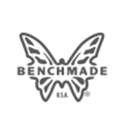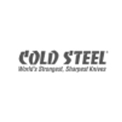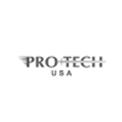Edge-Retention, Toughness, and Corrosion Resistance in Knife Steel: What You Need to Know
6th Feb 2023
Everyone knows steel consists principally of two elements: carbon and iron. Without these two, the alloy can’t even be called steel.
But rarely (never, really) does a steel alloy contain only these two. Metallurgists intentionally add in a wealth of other chemical constituents, chiefly with the purpose of balancing three properties: edge-retention (hardness), toughness, and corrosion resistance.
Here’s how the elements break down and what they offer. Hopefully you’ll never look at your Kershaw pocket knife the same way again.
Edge Retention (Hardness)
Hardness is a desirable attribute in a knife steel because it will enable a knife to stay sharp for longer. We call this edge retention, and it is affected chiefly by two things: heat treatment and chemical makeup.
These are the elements that are capable of improving the hardness and hardenability of knife steel.
- Carbon: Carbon is far and away the most important element included in steel alloys. It creates carbides, which are extremely hard and deliver excellent edge retention. However, when present in high amounts, it increases the brittleness of steel.
- Nitrogen: When present in small amounts and when the steel is properly tempered, nitrogen will improve the hardness of steel - but add too much, and the steel becomes brittle.
- Cobalt: Cobalt increases strength and hardness in steel, leading to improved edge retention.
- Molybdenum: Better known for its toughness-intensifying effects, molybdenum, also referred to as “moly” not only increases the hardness but the hardenability of steel.
- Nickel: Nickel improves the hardness of a steel alloy, but unlike carbon and nitrogen, does so without compromising the toughness or ductility of the alloy.
- Phosphorus: Like carbon, phosphorus increases the hardness and brittleness of steel, so it is often only included in very small, trace amounts.
- Tungsten: Tungsten is better known for its ability to improve toughness but can create harder steel alloys as well.
- Vanadium: Also better known for its ability to toughen the steel alloy, vanadium increases hardness and wear resistance.
- Titanium: Native titanium, though very strong, is not particularly hard. However, in the presence of carbon, it can form very finely-grained carbides, which are extremely hard. When evenly distributed throughout the steel alloy, they vastly improve edge retention.
Toughness
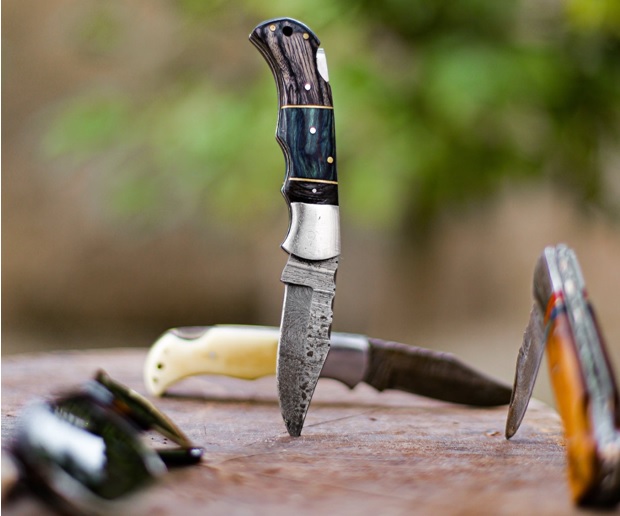
While hardness improves edge retention, steel that is too hard is liable to break, chip, or snap. Stressed blades can chip at the edges, break their tips, or break in the presence of stress risers, such as at the lock or shoulder, especially when stressed or torqued.
These elements are commonly added to steel to improve its ability to wear, shock, and impact.
- Chromium: Oddly, chromium improves the toughness of steel because it makes steel softer. This increases the tensile strength of the steel, making it less likely to snap unexpectedly.
- Vanadium: Notably, vanadium increases the strength and wear-resistance of steel as well as its resistance to impact. It makes steel less brittle.
- Molybdenum: Molybdenum increases the strength of steel, even at elevated temperatures, while also enhancing the effects of the other elements in the alloy.
- Cobalt: Cobalt increases strength and toughness and, like molybdenum, intensifies the effects of the other elements in the alloy.
- Nickel: Nickel substantially improves the strength and toughness of steel alloys.
- Phosphorus: When present in low levels, phosphorus increases the strength of steel alloys.
- Titanium: Titanium is a stabilizing element that has excellent ductility and tensile strength.
- Silicon: When present in small concentrations, silicon can improve both tensile and yield strength, making a steel alloy much stronger.
- Manganese: Manganese increaes tensile strength and resistance to wear, adding to the toughness of steel.
Corrosion Resistance
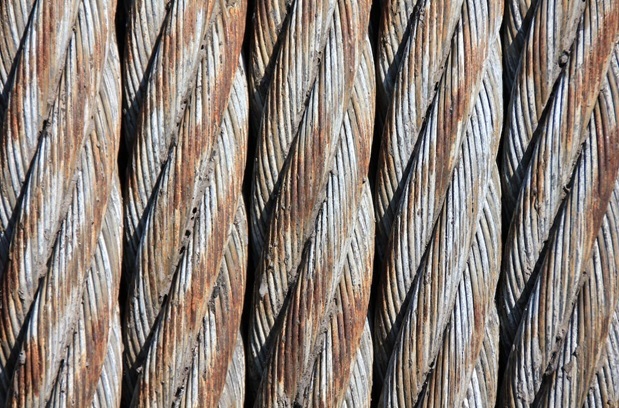
The last of the three traits a steel alloy can possess to make it desirable as a knife steel is corrosion resistance. Steel, being a ferrous metal, is highly suspect to oxidation (rust) and can be severely damaged by it.
Steel alloys that have high corrosion-resistance ratings are commonly referred to as stainless steels. While in the past stainless steels were seen as having low hardness and toughness ratings, modern, high-quality stainless steel alloys, like S35VN, offer all three traits.
These elements are commonly added to knife steels with the intention of improving corrosion resistance.
- Chromium: Chromium is the element most commonly added to knife steel alloys to improve corrosion resistance and is often added in high concentrations. Steel alloys with chromium content above 10% are not uncommon. Chromium resists corrosion as well as scaling.
- Silicon: As a deoxidizer, silicon can help contribute to corrosion resistance when it is present in low quantities.
- Manganese: In addition to improving the toughness of steel, manganese acts as a deoxidizer, so it helps to fight corrosion as well.
- Molybdenum: Molybdenum provides a nominal increase to a steel alloys resistance to corrosion.
- Nickel: Nickel increases resistance to corrosion in steel alloys, particularly in the presence of a high concentration of chromium.
Balancing These Three Attributes
Back in the day, you might have heard knifemakers or outdoorsmen say, “You can pick two of these, but you’ll never get all three in a single steel alloy.”
Thanks to the rise of advanced metallurgical processes and super steels, that is no longer the case. There are stainless alloys that exhibit exceptionally high corrosion resistance, while offering excellent toughness and edge retention at the same time.
This is one of the reasons that it’s so important to be aware of how these different elements work together in a knife steel. Regardless of your preference in everyday carry pocket knives, or whether you’d prefer a fixed blade to a folding knife, the steel chemistry makes a difference.
Get Your Next Kizer, Artisan Cutlery, ZT, or Kershaw Pocket Knife Here
We carry the best brands in the industry, from Buck to Zero Tolerance. Whether you’re looking for a new Spyderco or a Kershaw pocket knife, take a look through our collection (which contains many exclusives) and make your pick.
White Mountain Knives also maintains very good relationships with our suppliers, so if you’re looking for a specific knife make or model and don’t see it, don’t hesitate to reach out to us at WhiteMountainKnives@gmail.com to see if we can get it for you.


